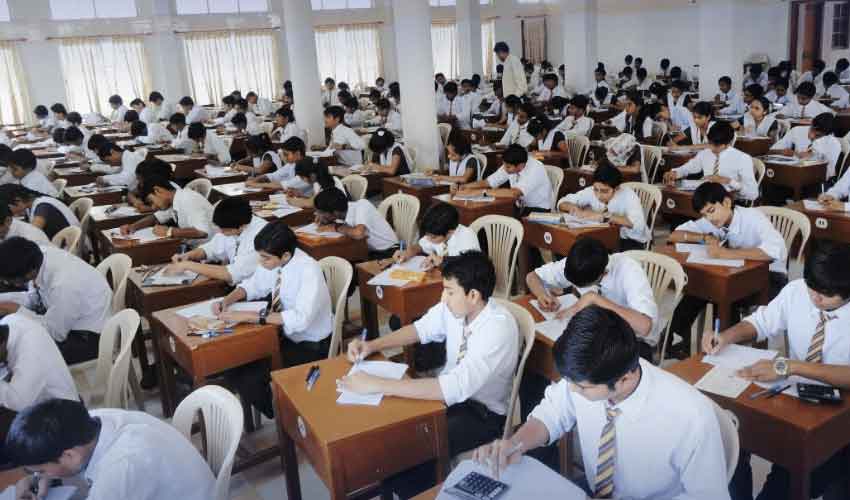It seems India has just one scapegoat, only one direction to point fingers. The latest gun attack on tourists near the Pahalgam region of Indian Illegally Occupied Jammu and Kashmir (IIOJK) is deeply tragic. What is even more predictable and —almost tediously so— is the never-ending efforts to link Pakistan to such incidents.
According to media reports, somewhere between 1,000 and 1,500 tourists were present in the Baisaran meadow when the gunmen attacked, killing at least 26 and leaving several others injured. However, minutes after the news of the attack broke, various Indian news anchors and program hosts – with their security experts – apparently took out the same old script and started reading it aloud again, with a few minor ‘adjustments’, of course.
It becomes clear once again that blaming Pakistan for every security lapse in India and the states it controls is New Delhi’s favorite fig leaf. The rhetoric is so cliché-ridden that the statements are no longer capable of surprise. It appears as though officials reach for the usual scapegoat much like a bad magician fumbles for the rabbit in his hat. Still, the blame game is understandable, given that New Delhi has no other way to explain violent retaliations to its own atrocities in an occupied region that it insists is “normal”. This pattern serves many masters and promotes nationalist sentiment.
Tourists deserve safety, especially in conflict zones. However, when safety collapses, so should the system responsible for providing it. While the authorities investigate what happened, they must also answer the uncomfortable questions, like why such an attack occurred in the first place in a territory marred by decades of occupation, lockdowns, and demographic engineering
Still, the Pahalgam incident is condemnable in the strongest possible words. Tourists deserve safety, especially in conflict zones. However, when safety collapses, so should the system responsible for providing it. While the authorities investigate what happened, they must also answer the uncomfortable questions, like why such an attack occurred in the first place in a territory marred by decades of occupation, lockdowns, and demographic engineering.
At the same time, the world should not let anyone find cover for their security and intelligence failures; hide policy contradictions; and shift the burden of accountability across the border. The tragedy in Pahalgam deserves justice, not just for the victims, but for the truth. And until that happens, Kashmir will remain not just a disputed territory but a discarded truth.



























